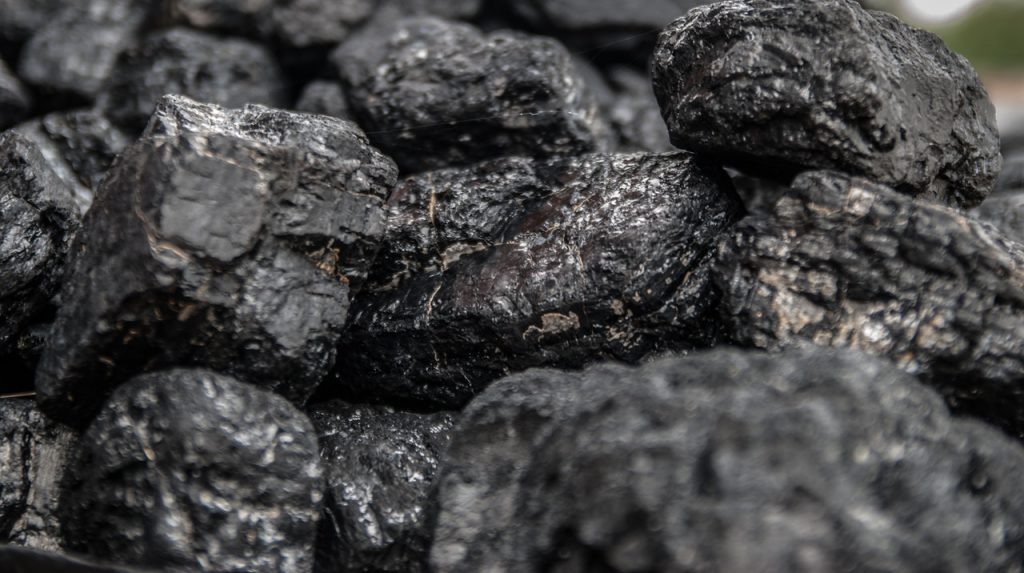ELK VALLEY, B.C. – The cost of removing a contaminant toxic to fish after decades of coal mining in British Columbia’s Elk Valley is more than three times what the company has set aside for the work, says an independent consultant’s report.
Gordon Johnson of Burgess Environmental, who has extensive experience in three countries, says in the report that it will cost $6.4 billion to reverse rising selenium concentrations in Canadian and U.S. waters and operate those treatment systems for 60 years. That amount does not include land reclamation.
Teck Resources said it will set aside a total $1.9 billion for the cleanup.
“The financial assurances currently provided by Teck do not appear to be reasonable or sufficient,” says the report, released Tuesday.
Simon Wiebe of the environmental group Wildsight, which commissioned the report, said the shortfall represents a significant risk to the public, especially as the mines are about to be acquired by the Swiss-based multinational Glencore.
“Teck has put up quite a bit of money to at least attempt to mitigate this pollution,” he said. “We don’t have a lot of faith Glencore will be willing to do the same.”
Glencore did not immediately respond to a request for comment.
Teck operates five steelmaking coal mines in the Elk Valley of southeastern B.C., where coal has been mined for decades. Those coal deposits are associated with selenium, an element that inhibits the ability of fish to reproduce.
The report quotes company figures that show selenium levels in area rivers many times higher than those recommended to protect aquatic life. At Lake Koocanusa, a reservoir that crosses the border between Canada and the U.S., selenium has been increasing for years and now occasionally exceeds B.C.’s guideline and regularly exceeds Montana’s.
Canada and the U.S. recently agreed to a joint investigation into the causes and remedies for the contamination.
Teck has spent $1.4 billion on water treatment. Spokesman Maclean Kay said in an email the company has quadrupled its treatment capacity from 2020 and plans to spend at least another $150 million this year.
“Teck’s total water treatment capacity … represents only a small fraction of the water impacted by Teck’s mine operations, and operating levels are often below the design capacities,” says the report.
Given that current spending accounts for 20 per cent of mine-affected water, the report concludes that the amount of money held to ensure environmental cleanup falls far short.
“Teck plans to (triple) treatment capacity and will be required to operate those facilities for many decades. It will also need to continue its monitoring, community outreach and research initiatives throughout this period (i.e., many decades).”
The report also says 130 square kilometres of mine surface will have to be cleaned up and revegetated. Streams will have to be rehabilitated, as will groundwater. Other chemicals besides selenium will have to be dealt with.
“(Those) major reclamation costs have yet to be incurred by Teck and are not included in the cost estimate for selenium remediation,” it says.
Kay criticized the report, calling its conclusions “inaccurate and inconsistent with calculations made under B.C. government policy.”
He said water treatment costs alone are overestimated by as much as 60 per cent.
“We have a proven track record of successfully reclaiming mine operations in B.C. and beyond, and we are committed to protecting water quality in the Elk Valley.”
In a response to concerns raised by Teck, Johnson said he based water treatment costs on his own experience and judgment.
“Information regarding Teck’s costs for operating and maintaining these facilities was specifically requested from Teck, and was not provided,” he wrote in a letter to Wildsight.
Johnson also defended his decision to include the cost of building treatment facilities in his estimate, which Teck says added $800 million to the price tag.
The B.C. government did not immediately respond to a request for comment.
Wiebe credited Teck for making progress on a problem that isn’t entirely of its own making. He said there’s no guarantee Glencore will do the same.
“They have a long history of leaving environmental messes for government to clean up,” he said.
In B.C. alone, Wiebe said Glencore owes the government $5 million in reclamation surety.
“That’s probably the least intense environmental mess they’ve left behind. It shows a pattern of negligence.”
On its website, Glencore promises to increase the amount of money spent on research – including reclamation research – by 50 per cent to $150 million. It also promises to conserve or rehabilitate at least three hectares of land for every one it disturbs.
©2024 THE CANADIAN PRESS




Recent Comments
comments for this post are closed